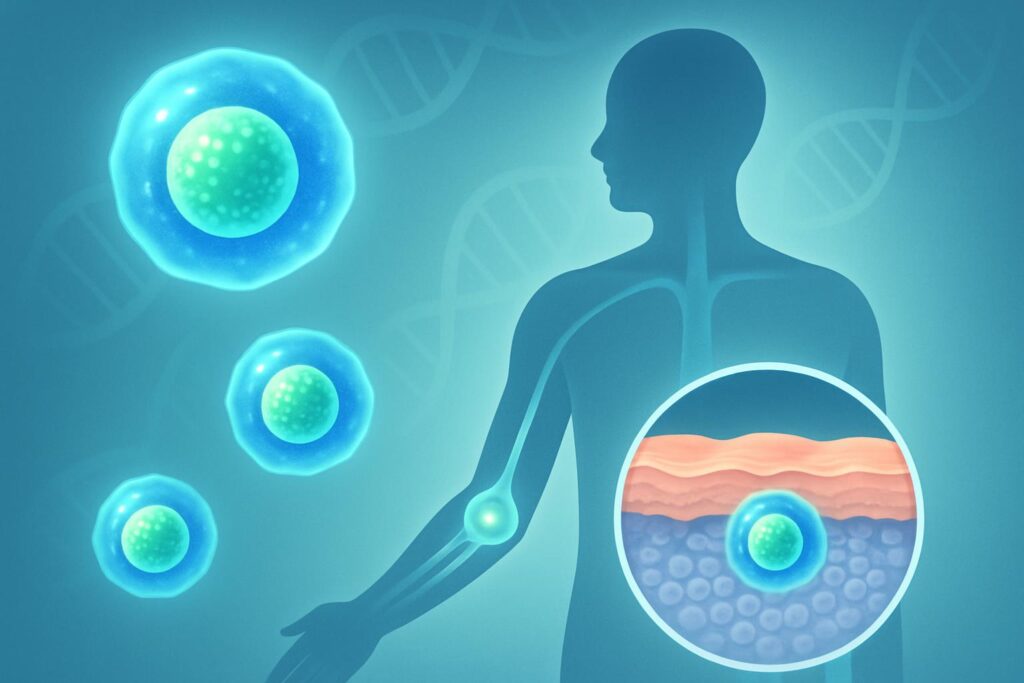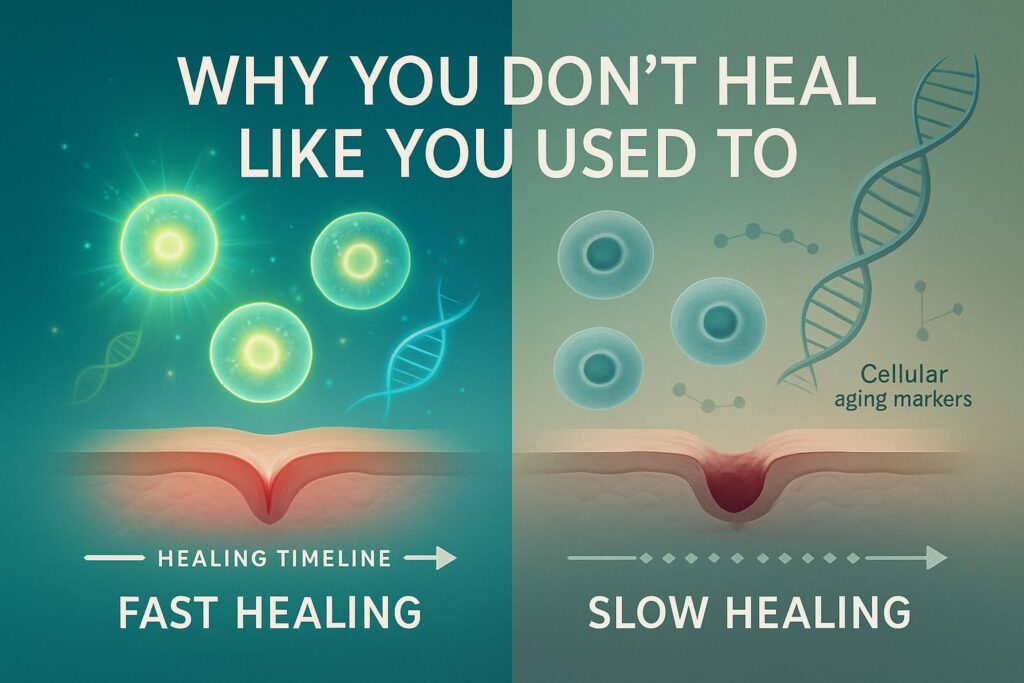The video above is a presentation by Dr. Melih Can Sezgic at the Regenerative Medicine Symposium, where he discusses the role of stem cells in regenerative medicine, particularly in the fields of plastic, reconstructive, and aesthetic surgery. Here’s a detailed summary of the key points:
- Stem Cells and Regenerative Medicine: Stem cells, due to their self-regenerative capacity, play a crucial role in regenerative medicine. Regenerative medicine aims to replace, engineer, or regenerate human or animal cells, tissues, and organs to restore normal body function. Plastic surgery and regenerative medicine share the same principle of using the patient’s own tissues to restore and enhance the body.
- Types of Stem Cells: There are several types of stem cells, including embryonic stem cells, adult stem cells, induced pluripotent stem cells, perinatal stem cells, and cancer stem cells. However, due to ethical issues, embryonic stem cells are not used in regenerative medicine; instead, adult stem cells are used.
- Mesenchymal Stem Cells: Mesenchymal stem cells, which can transform into connective tissue, bones, and cartilage, are particularly useful in regenerative medicine. They can be isolated from various tissues, including bone marrow, adipose tissue (fat), skin, and skeletal muscles. Adipose tissue and bone marrow are the easiest sources for isolation and use in clinical practice.
- Stromal Vascular Fraction (SVF): SVF is a component of lipoaspirate obtained from adipose tissues, which contains stem cells. It has beneficial effects when transplanted into radiation-damaged tissue, improving angiogenesis and vascularization. It also reduces inflammatory immune response and inflammatory cytokines and growth factors, promoting regeneration.
- Applications in Plastic Surgery: Stem cells can be used in various plastic surgery procedures, including soft tissue augmentation and regeneration, skin rejuvenation, treatment of vitiligo and hyperpigmentation, wound healing, prevention of pathological wound healing, hair regeneration, and peripheral nerve regeneration.
- Case Studies: Dr. Sezgic presents several case studies demonstrating the successful use of stem cells in treating various conditions, including burns, scars, diabetic foot, pressure sores, hair loss, and facial paralysis.
- Future of Regenerative Medicine: The presentation concludes with a look at the future of regenerative medicine, suggesting that the intersection of plastic surgery and regenerative medicine will continue to grow. In the future, it might be possible to create our own organs and tissues using 4D printers.
Please note that this is a summary of a complex medical presentation, and some details may have been simplified for clarity. For a full understanding of the content, it is recommended to watch the video or consult with a medical professional.



